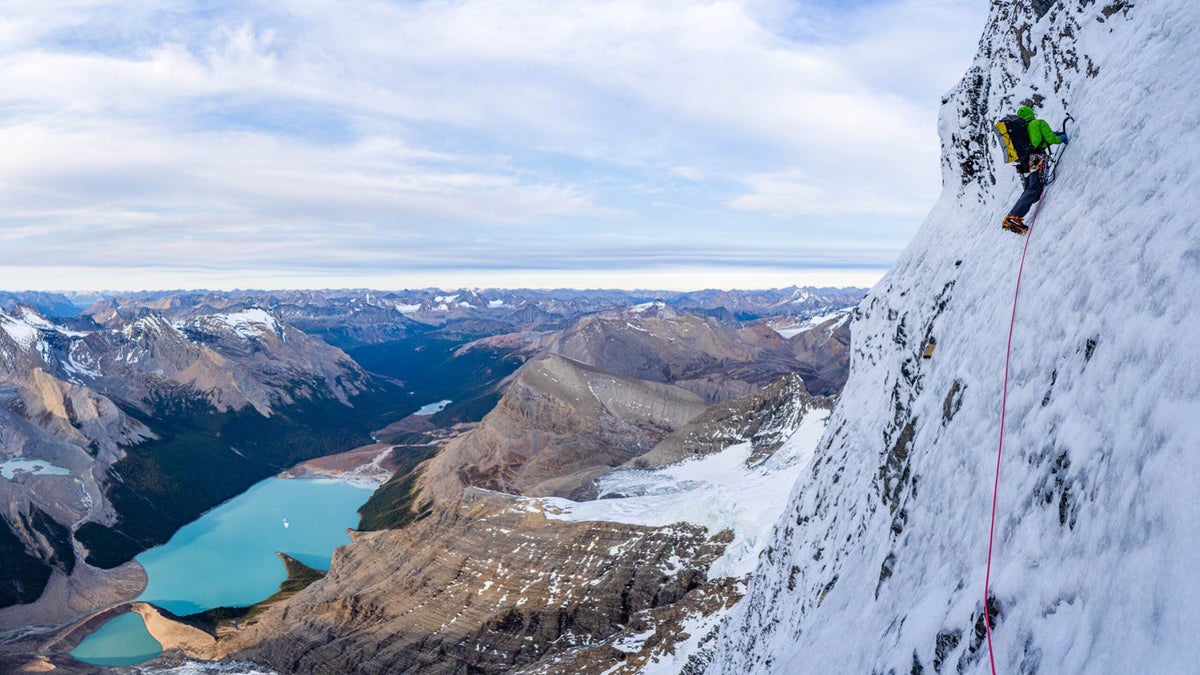No products in the cart.
Outdoor Adventure
2021 Piolets d’Or Recipients Announced
Winners of the 2021 Piolets d’Or, mountaineering’s highest honor, were announced October 8 for two significant ascents, one in the Canadian Rockies and one in Pakistan, as well as a special mention for prolific big-wall soloist Sylvia Vidal. The recipients were awarded by a jury of five veteran alpinists—Ines Papert, Kelly Cordes, Victor Saunders, Valery Babanov, and Helias Millerioux; the latter two are themselves past recipients.
On October 28, the prestigious Lifetime Achievement Award was also given to Yasushi Yamanoi, a 56-year-old Japanese alpinist with noteworthy rock, ice, and alpine ascents around the world. He is the 13th recipient of the award and joins a heavy-hitting list of climbing greats. The official awards ceremony will be held November 26-29 in Briançon, France.
This year’s award winners were recognized for feats on the following summits:
Mount Robson (12,972 feet), British Columbia
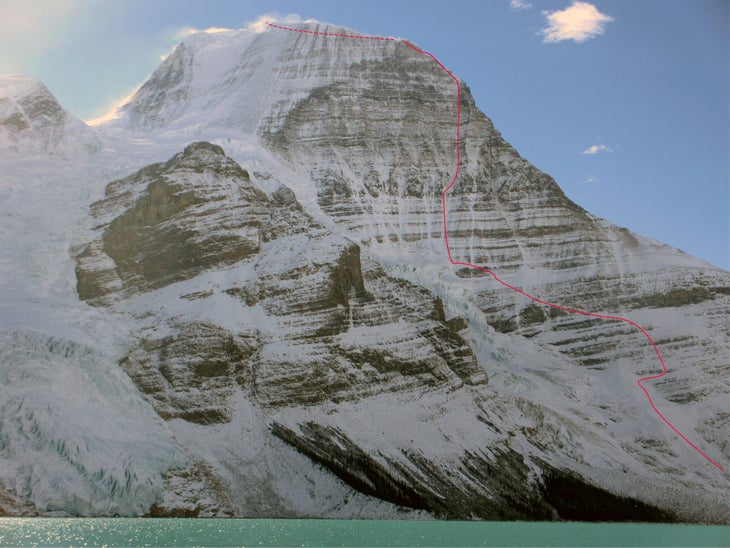
From September 30 to October 1, 2020, American Ethan Berman and the UK’s Uisdean Hawthorn established Running in the Shadows, a 7,500-foot Grade VI route on Mount Robson’s historic Emperor Face. The jury was most impressed by the duo’s commitment to a lightweight and self-supported style; Berman and Hawthorn made the 12.5-mile approach by foot in the pouring rain, bivvied once below the face, climbed virgin terrain on technical ground, bivvied again at the new elevation, and then spent a full day navigating the rime-fused traverse to the summit.
Looking back on the ascent, Berman told Climbing that “what stands out the most is how wild and out-there the adventure was—like climbing the final ice pitches to the summit through a tube of rime gargoyles leaning every which way.”
Though not Canadian-born, both Berman and Hawthorn are currently based in Canada and appreciate how accessible Mount Robson is compared to big mountains abroad. “You don’t have to travel around the world and pay a ton of money to get the raw, visceral experience that climbing in the mountains delivers,” Berman said.
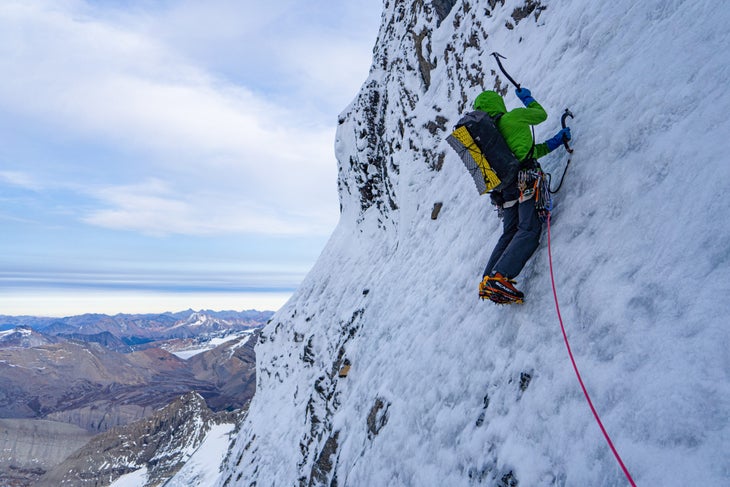
In a press release, the jury noted that “Berman and Hawthorn were only the second team (and the first for almost 40 years) to climb a new line on the face, and reach the summit, without using a helicopter for the approach or descent.”
As for the award itself, Hawthorn said he was happy to see the restructuring of the Piolets d’Or in 2009 to include multiple ascents and the Lifetime Achievement Award. Before that year, the award received criticism for recognizing only one recipient and for creating a competitive atmosphere in the alpine climbing community.
Hawthorn said this new multi-recipient format levels the playing field for less media-inclined climbers. “These days it’s easy for certain ascents to receive attention, because of [several] factors,” he said. Did the alpinists make a film about the ascent? What language do they speak? How many Instagram followers do they have? “The [jury] doesn’t take these things into account and considers ascents that don’t make the news at all,” he continued. “The members of the jury, made up of experienced and respected alpinists, [are] people who have committed themselves to alpinism for many years. To give them an opportunity to promote what they consider impressive ascents from the year is important. It’s alpine climbers driving the direction of alpinism—not editors, marketing managers, or film directors.”
Sani Pakkush (22,808 feet), Tolltar Valley, Pakistan
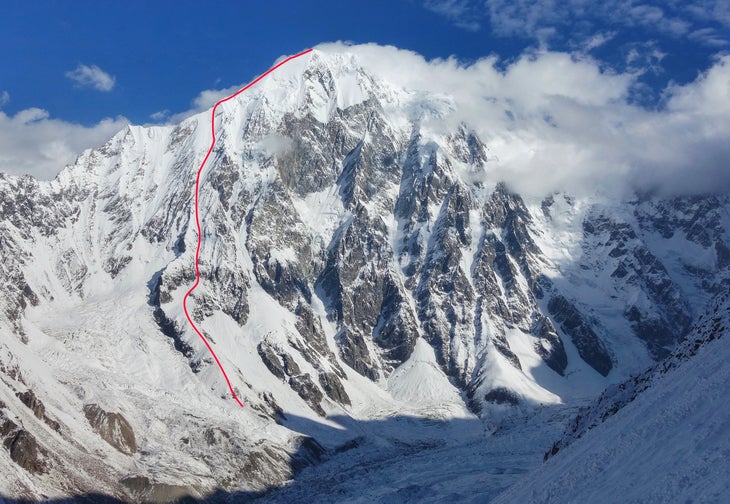
From October 16 to 19, 2020, French alpinists Pierrick Fine, 26, and Symon Welfringer, 28, made the first ascent of Revers Gagnant, an 8,200-foot route (M4+ WI 4+ 90°)—and just the second ascent of the mountain—on Sani Pakkush’s south face and southwest ridge.
The pair originally planned to visit Nepal that autumn but a bout of pandemic-related restrictions forced them to change objectives. Pakistan was the only country willing to let them enter, so an online photo they found of Sani Pakkush became their last-minute goal.
Theirs would be an exploratory trip through and through. “The south face is big and complex and rises from the head of the Tolltar Valley, the upper part of the glacier almost certainly not reached previously by mountaineers,” the Piolets d’Or press release said. “The odds were stacked against them as October is generally far too late for climbing big mountains in Pakistan.”
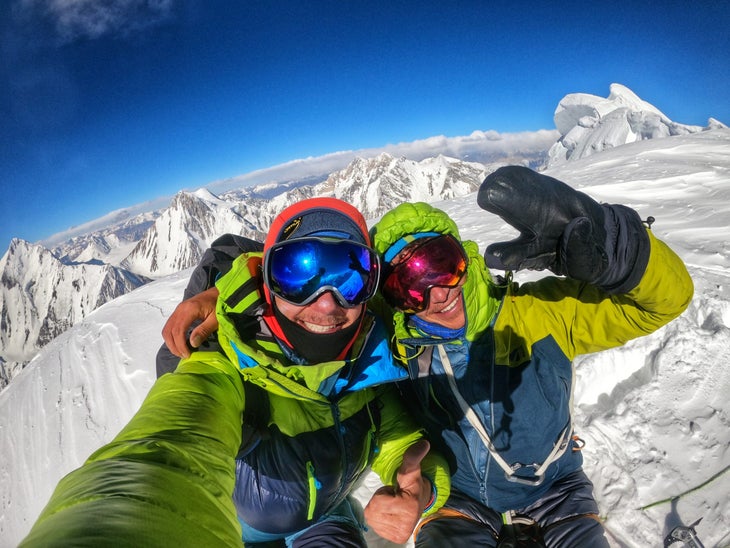
“To be honest, until now, the Piolets d’Or was something unreachable for me. I have to admit that it was something I would have loved to accomplish one day,” Welfringer told Climbing. “In alpinism, you don’t really get recognition from what you achieve. The community is quite small, and the public doesn’t always understand the meaning and the difficulty of [creating routes]in remote areas like the Himalayas and other wild ranges.”
Fine told Climbing that he appreciated the jury’s emphasis on rewarding style and ethics, and he pointed to the large list of nominees that inspired his own climbing. Speaking candidly, he said he was surprised to learn of his award; he thinks Revers Gagnant would not receive the Piolets d’Or in a year when more climbers were allowed into the Himalayas. “But this [ascent] is also in the spirit of the award—adventure and daring,” Fine said.
Special Mention: Silvia Vidal
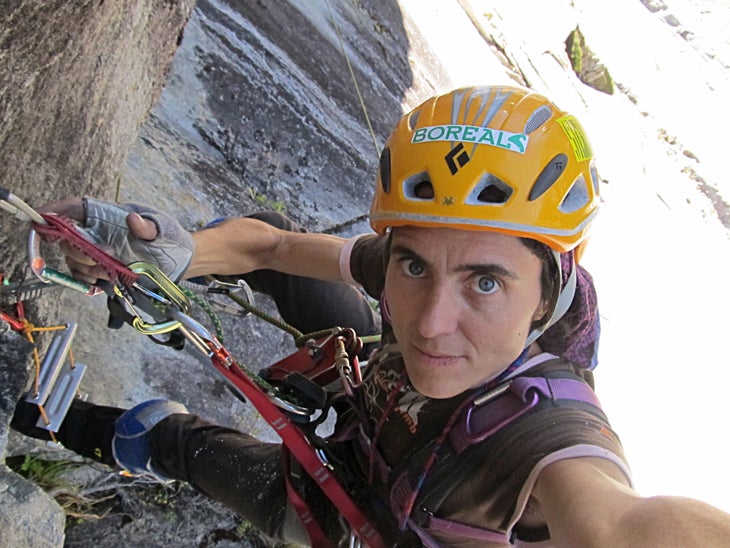
Catalan climber Silvia Vidal has made cutting-edge solo ascents around the world. She received this mention for “doing more with less,” according to the Piolets d’Or press release, and for embodying an authentic lust for adventure while upholding a high standard of commitment. For more than two decades, Vidal, 50, has shown “impressive feats of endurance and hard aid climbing on remote big walls around the world,” the press release said. “Her most notable ascents have been achieved mainly in total autonomy: entirely alone, no radio, no mobile, no GPS, no weather forecasts, no communication. Drilling tends to be minimal, and always by hand.”
Vidal’s new routes, climbed in capsule style, have been in places such as Alaska, Canada, Chile, India, Mali, Pakistan and Peru. The jury recognized significant solo ascents including her 2017 ascent of Un Pas Més (1,730 feet, 5.10a) on Xanadu in Alaska, which required 36 days of ferrying equipment—some 335 miles of walking—both up to and down from the face, and 17 days alone on the wall, and in 2020, Sincronia Magica (3,871 feet, 5.10b) on El Chileno Grande, Chile, which saw 16 days of load carrying and, after fixing the initial 590 feet, 33 days alone on the wall.
The Lifetime Achievement Award: Yasushi Yamanoi
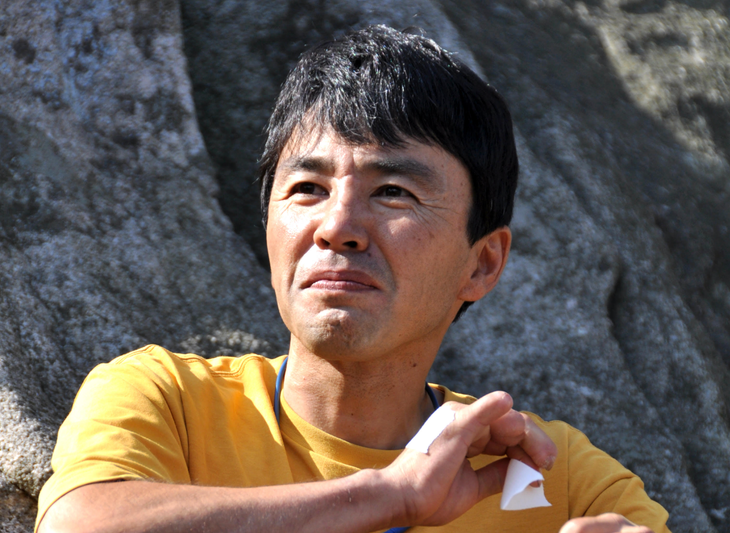
The Lifetime Achievement Award was first given to Walter Bonatti in 2009, to acknowledge the impact his career had on the following generations of young alpinists. Legendary climbers who have since received the award include Catherine Destivelle, Jeff Lowe, and Reinhold Messner.
Lindsay Griffin and Rodolphe Popier, with input from Hiroshi Hagiwara, chose to honor Yamanoi for his wide-ranging—and ongoing—career: from his initial free-solo forays around his home in Japan to chasing hard crack climbs like Cosmic Debris (5.13a) and Sphynx Crack (5.13b) in America, to becoming the first person to solo Patagonia’s Fitz Roy (11,171 feet) in winter, which he accomplished in July 1990.
As noted in the press release, Yamanoi, 56, first explored the world of high-altitude climbing in the early nineties as part of a siege-style Japanese expedition on Broad Peak (26,414 feet). While Yamanoi didn’t take to the heavy, militant tactics of that climbing style, he became enamored with the greater ranges and returned, time and again, for significant ascents: a new 7,200-foot route on the southwest face of Cho Oyu (21,864 feet), solo; a first ascent of the east face of Kusum Kanguru (20,889 feet), solo; a first ascent of the striking southwest face of Bublimotin (19,685 feet) with Taeko and Daisaku Nakaga; and a proud attempt of the unclimbed east face of K2 (28,251), with the Polish alpinist Voytek Kurtyka.
“Whether solo, as a married couple, or with friends, Yasushi Yamanoi’s climbing has shown great creativity, commitment, and resilience,” the press release said. “His minimalist style and often discreet ascents paved the way for younger Japanese climbers to operate in modern alpine-style. Together with a great respect for the environment through which he travelled, these qualities make Yasushi Yamanoi a worthy recipient of the 13th Career Award.”
Source link

